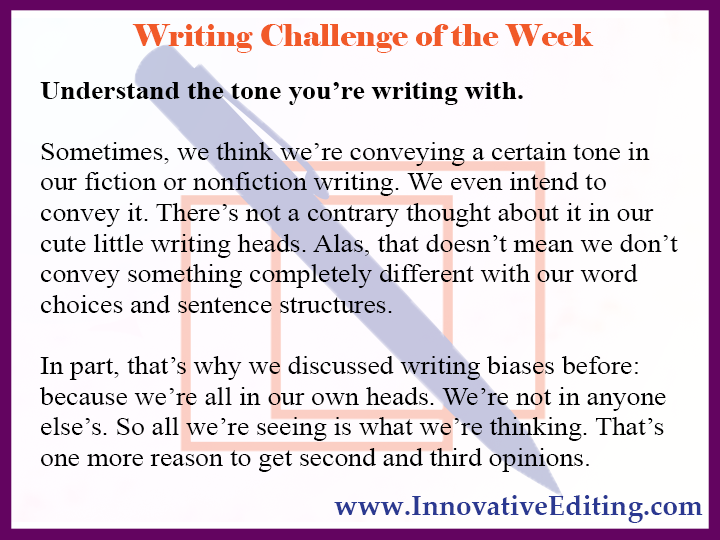Writing It Real With These 3 Writing Facts
- Jeannette DiLouie
- Jun 4, 2018
- 3 min read
You’ve heard the saying, “keeping it real,” I’m sure.
Well, this post is all about writing it real… taking factual information and putting it down on paper in an honest and relatively unbiased fashion. This can apply to historical fiction, memoir non-fiction or any other kind of writing that involves your opinion.
Which, incidentally, is writing across the board.
There’s no way to write anything without including your opinion. That’s Writing Fact #1 to acknowledge. But Writing Fact #2 is that you can limit your bias by being well-informed and introspective.
Dictionary.com defines introspection as the “observation or examination of one’s own mental and emotional state, mental processes, etc.; the act of looking within oneself.”
It’s the act of examining what your motivation is in writing what you want to write.
For example, are you writing to get back at someone? To shove a way of thinking down someone’s throat? Or to make yourself look good to a certain group of people, whether colleagues, friends, family or intellectual elites?
If your introspective efforts lead you to conclude any of that, then – Writing Fact #3 – you’re not going to be writing it real. Not if you don’t decide to do something about it first.
Writing it real means trying to be as accurate as possible. Trying to be as truthful as possible. It means writing to express yourself, yes, but being honest with your readers in the process.
So if you’re writing a memoir and you want to include a chapter about how someone hurt you, you don’t just describe them as being devil spawned or do the writing equivalent of horrifically murdering them.
Instead, you write to release your emotions – and you don’t publish them until after you’ve taken time to analyze and edit them appropriately.
For those writing historical fiction, meanwhile, it means actually studying history. Take the Revolutionary War, the setting of two of my novels.
Now, I’m as all-American as they come when we’re talking about love of country. Red, white and blue; apple pie and Fourth of July fireworks. That’s me. So I always thought the British were 100% in the wrong back in 1776.
But the truth is typically a little more complicated than that.
Please don’t misunderstand me – I am thrilled that America is its own country instead of a British colony (no offense, Brits). And I do still firmly believe we had a right to declare our independence those 242 years ago.
However, the British did have some interesting arguments to make against us back then too. So it wouldn’t be fair at all to write even a fictional story that claims otherwise. Which, incidentally, brings me right back to Writing Fact #1.
Despite the significant amounts of research I did and the care I took to honor that research, I’m not even going to come close to claiming I got it all perfect, particularly about Banastre Tarleton in Designing America – one of the most fascinatingly confusing villains I’ve ever had the privilege of working with.
In fact, what the actual truth was about him, I’m not sure if I’ll ever know. Even the people of his time couldn’t be certain whether he was an absolute monster or just utterly arrogant.
Yet the point is I tried my best to set aside my own opinions and write about him honestly. That’s all we can really do in the end: try.




